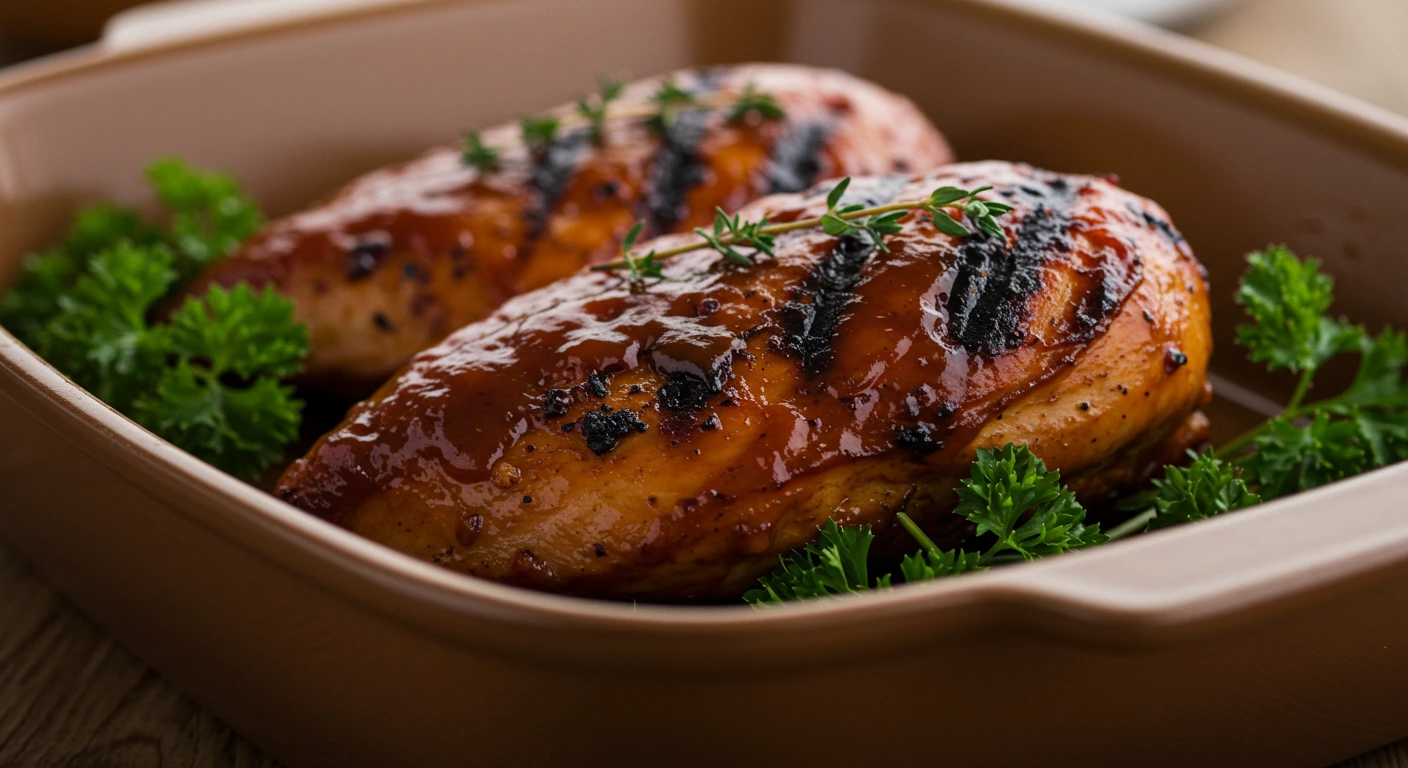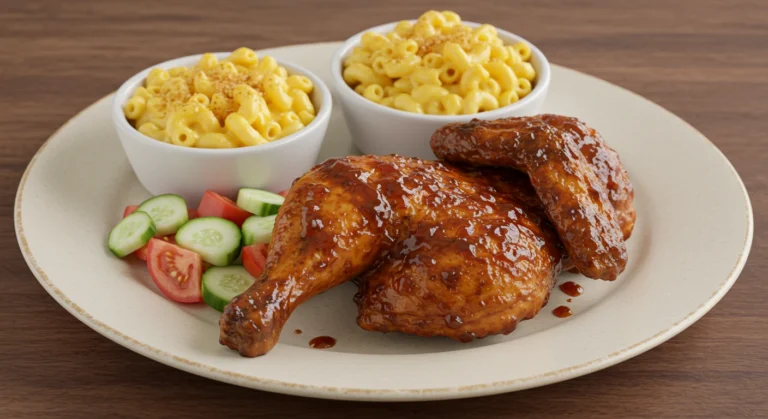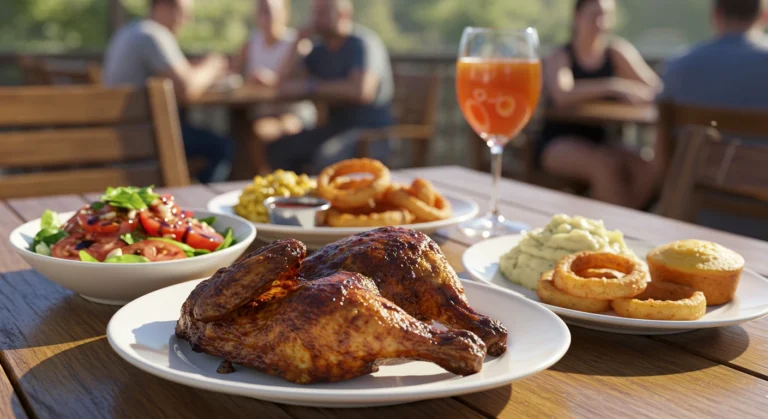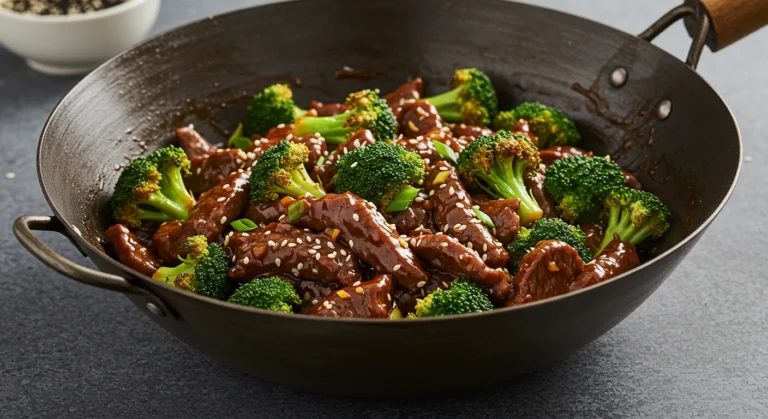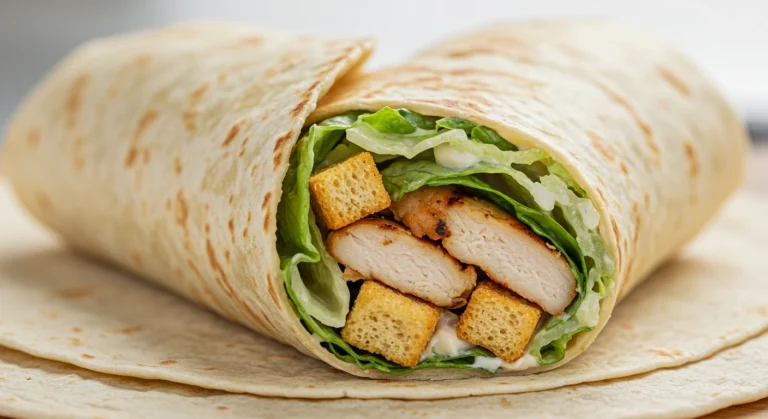BBQ Chicken Breast Traeger: 5 Simple Tips for Perfect Flavor
Table of Contents
Tired of dry, flavorless chicken breasts that disappoint no matter how much sauce you slather on them? You’re not alone. Chicken breasts are notorious for becoming hockey pucks on the grill, but your Traeger can change everything. This BBQ chicken breast recipe delivers juicy, smoky perfection every single time, with flavor that penetrates deep into the meat.
As a BBQ enthusiast who’s spent countless hours perfecting wood-fired cooking techniques, I’ve learned that the Traeger pellet grill is a game-changer for chicken breasts. The consistent temperature control and natural wood smoke create results that simply can’t be matched by traditional grilling methods.
In this guide, I’ll share exactly how to prepare, season, and cook chicken breasts on your Traeger, plus expert tips for achieving that perfect balance of smokiness, tenderness, and flavor. We’ll cover everything from meat selection to temperature control, marinades, and serving suggestions.
Why This Meat Recipe Works
- Uses affordable, easy-to-find boneless chicken breasts available at any grocery store
- Simple 30-minute marinade that dramatically improves flavor and juiciness
- Wood pellet smoking adds depth without complicating the cooking process
- Set-it-and-forget-it Traeger cooking means no constant flipping or monitoring
- Perfect for weeknight dinners or weekend cookouts with minimal effort
Choosing the Right Meat
Best Cuts for This Recipe
For BBQ chicken breasts on a Traeger, boneless skinless chicken breasts are the standard choice. However, not all chicken breasts are created equal. Look for air-chilled chicken breasts if possible, as they tend to have better texture and flavor than water-chilled options. If you prefer even more flavor and moisture tolerance, consider bone-in, skin-on chicken breasts, which are more forgiving during the cooking process.
Buying Tips
When selecting chicken breasts, look for:
- Uniform thickness (or plan to pound them to even thickness)
- Pale pink color with no gray spots
- Minimal white striping in the meat (indicates higher quality)
- Moderately sized breasts (8-10 oz each) – extremely large breasts can be difficult to cook evenly
Substitutions
If you’re not set on chicken breasts, consider these alternatives for your Traeger BBQ:
- Chicken thighs: More forgiving with higher fat content and richer flavor
- Turkey breast cutlets: Leaner option with similar cooking properties
- Butterflied chicken breast: Same great flavor but cooks more quickly and evenly
Ingredients & Prep
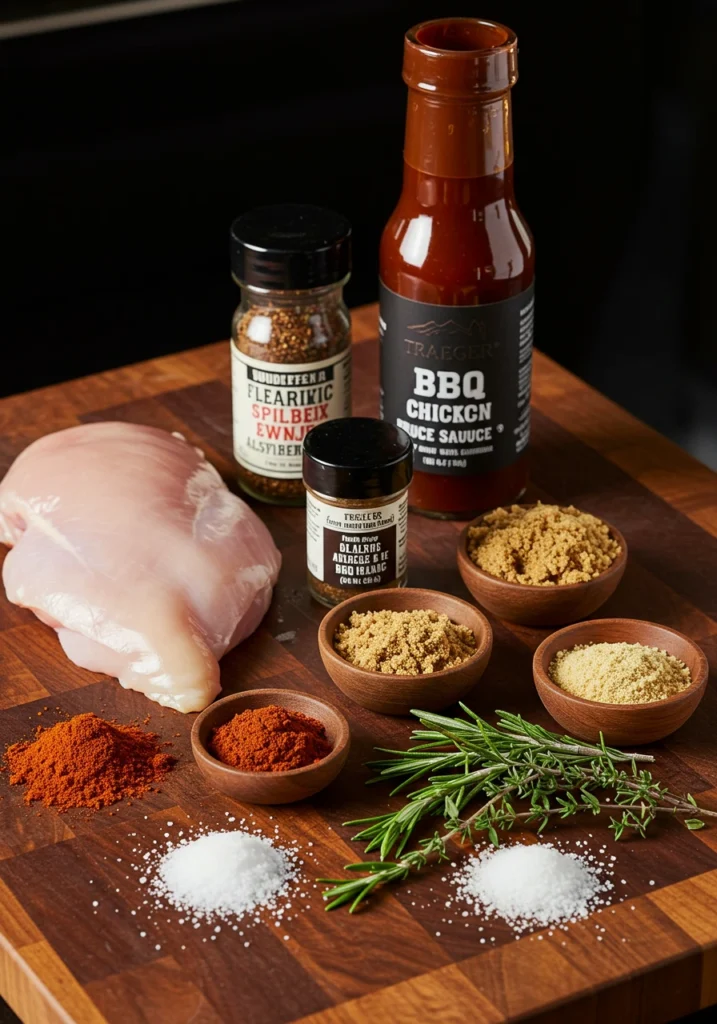
Meat Prep Essentials
- Pat chicken breasts dry with paper towels to remove excess moisture
- If breasts are uneven in thickness, place between plastic wrap and gently pound to an even 3/4-inch thickness
- Make shallow diagonal cuts on the surface to help marinade penetrate (optional)
- For larger breasts, butterfly them by slicing horizontally almost all the way through
Marinades/Rubs
- 1/4 cup olive oil
- 3 tablespoons apple cider vinegar
- 2 tablespoons brown sugar
- 2 tablespoons paprika
- 1 tablespoon garlic powder
- 1 tablespoon onion powder
- 1 teaspoon black pepper
- 1 teaspoon salt
Place chicken and marinade in a zip-top bag or container and refrigerate for at least 30 minutes, up to 4 hours (avoid marinating longer as the acid can break down the meat too much).
Pantry Staples
Keep these on hand for perfect BBQ chicken:
- Quality BBQ sauce (for basting during final cooking)
- Cooking spray or oil for grill grates
- Aluminum foil (for resting)
- Instant-read thermometer
- Hickory, apple, or cherry wood pellets for your Traeger
Step-by-Step Cooking Instructions
Pre-Cooking Prep
- Remove chicken from refrigerator 20-30 minutes before cooking to take the chill off
- While chicken comes to room temperature, preheat your Traeger to 350°F with the lid closed for 15 minutes
- Remove chicken from marinade and pat dry with paper towels to promote better browning
- Season with additional salt and pepper if desired
Cooking Method
- Place chicken breasts directly on the grill grates, close the lid, and cook for 6 minutes
- Flip chicken, close lid, and continue cooking for another 5-7 minutes
- Brush BBQ sauce on one side, flip, and cook for 2 minutes
- Brush sauce on the other side, flip again, and cook for another 2 minutes
- Continue cooking until internal temperature reaches 165°F at the thickest part
Doneness Check
Always use an instant-read thermometer to check for doneness. Insert it into the thickest part of the breast:
- 165°F: USDA safe minimum temperature (recommended)
- 160°F: If you plan to rest the meat properly (temperature will rise during rest)
Resting
Remove chicken from the Traeger and place on a plate or cutting board. Tent loosely with aluminum foil and let rest for 5 minutes before slicing or serving. This allows juices to redistribute throughout the meat for maximum juiciness.
Pro Tips for Perfect Meat
Avoiding Tough/Dry Meat
- Don’t overcook! Use a meat thermometer for accurate doneness
- Brine chicken breasts for 30 minutes in a solution of 1/4 cup salt dissolved in 4 cups water before marinating
- Cook at moderate temperature (350°F) rather than high heat to prevent toughening
- Consider using a water pan in your Traeger for added moisture during cooking
- Baste with sauce only during the final cooking stage to prevent burning
Tool Recommendations
- Instant-read digital thermometer (essential for perfectly cooked chicken)
- Silicone basting brush for applying sauce
- Heavy-duty tongs for flipping
- Traeger signature blend or fruit wood pellets for mild smoke flavor
Storage & Reheating
- Store leftover chicken in an airtight container in the refrigerator for up to 3 days
- For best reheating, slice chicken and warm gently in microwave with a damp paper towel
- Alternatively, reheat in a 300°F oven wrapped in foil with a tablespoon of water or broth
- Freeze cooked chicken in marinade or broth for up to 3 months
Flavor Variations
Spicy Twist
Transform your BBQ chicken with these spicy additions:
- Add 1 tablespoon of chipotle powder to your marinade
- Mix 2 tablespoons of hot sauce into your BBQ sauce
- Create a spicy dry rub with cayenne, black pepper, and smoked paprika
Keto/Paleo
Make this recipe keto or paleo-friendly:
- Replace brown sugar with monk fruit sweetener or stevia
- Use sugar-free BBQ sauce or make your own with tomato paste, vinegar, and spices
- Focus on herb-based marinades with olive oil, lemon juice, and fresh herbs
Global Flavors
- Asian-inspired: Use soy sauce, ginger, garlic, and a touch of honey
- Mediterranean: Olive oil, lemon juice, oregano, and garlic
- Caribbean: Lime juice, allspice, thyme, and a touch of cinnamon
Serving Suggestions

Pair your perfectly cooked Traeger BBQ chicken breasts with:
- Classic sides: Coleslaw, baked beans, or corn on the cob
- Lighter options: Grilled vegetables, mixed green salad, or quinoa
- Starch companions: Sweet potato fries, mac and cheese, or garlic bread
For beverages, consider:
- Beer: Wheat beer or light lager pairs well with BBQ chicken
- Wine: Chilled rosé or light Pinot Noir
- Non-alcoholic: Lemonade or sweet tea
FAQs
Can I use frozen chicken breasts?
For best results, fully thaw chicken breasts before cooking on your Traeger. Cooking from frozen leads to uneven cooking and potential food safety issues. If you’re in a hurry, thaw chicken breasts in cold water, changing the water every 30 minutes until thawed.
How do I fix overcooked chicken?
If you’ve overcooked your chicken breasts, slice them thinly and serve with extra BBQ sauce or create a quick pan sauce with chicken broth, butter, and herbs to add moisture. For future cooks, consider brining the chicken first and using a reliable meat thermometer.
How long should I preheat my Traeger?
Always preheat your Traeger for at least 15 minutes with the lid closed before adding chicken. This ensures proper temperature and helps create those coveted grill marks.
Why is my chicken turning out tough?
Tough chicken usually results from overcooking. Use a meat thermometer and remove chicken at 160-165°F. Also, consider brining your chicken breasts before cooking or using the butterfly technique for more even cooking.
Can I make this recipe with a different type of grill?
While this recipe is optimized for Traeger pellet grills, you can adapt it for gas or charcoal grills. For gas grills, use indirect heat and add a smoker box with wood chips. For charcoal, use the two-zone method and add wood chunks for smoke flavor.
Conclusion
Fire up your Traeger and transform ordinary chicken breasts into a BBQ masterpiece that will have everyone asking for seconds! With these five simple tips—proper meat selection, thoughtful preparation, temperature control, perfect timing, and the right wood pellets—you’re well on your way to BBQ chicken perfection.
Remember that great BBQ chicken is all about balance. The smoke from your Traeger should complement, not overpower, the natural flavor of the chicken and your chosen seasonings. With practice, you’ll develop your own signature style that your family and friends will rave about.
Ready to expand your Traeger skills? Check out our [Complete Guide to Smoking Ribs on Your Traeger] or [Traeger Smoked Brisket: Low and Slow Perfection] for your next wood-fired adventure!

